This article highlights the world-famous black clay from San Bartolo Coyotepec (Oaxaca’s Central Valleys).
When we think about utensils or figures made with clay, shades of brown, terracotta, or sepia come to mind. Nevertheless, in the Oaxacan town of San Bartolo Coyotepec, potters create black, shiny pieces without the necessity of paint or lacquer. And when I say shiny, I am referring to a luster comparable to the surface of a mirror.
The use of black clay in the Central Valleys of Oaxaca can be traced to the glory days of the Zapotecs and Mixtecs (some say 2,000 years ago). This type of clay has been used for hundreds of years to create utilitarian pieces because of its sturdiness. Plates and jars can last long even when they received hard blows. For many years, the pieces had a dull gray (almost brown) color.
Everything changed in the ‘50s when a potter named Doña Rosa Real discovered a way to make the final pieces shine. She discovered that polishing the clay, before it is completely dry, with a quartz stone, would yield a piece with a shiny, almost metallic, black finish.
Since that time, the fame of the black clay pottery grew inside and outside Mexico. Nowadays, 600 families in the San Bartolo Coyotepec area are dedicated to the craft.
The Creation Process
According to our guide, the black clay is extracted from deposits known and protected by locals. Impurities are removed by soaking the extractions in water and letting the clay separate from common soil.
I saw the clay in its natural state and it doesn’t look special. This fact makes the process even more interesting (creating something so beautiful from a simple material).
Once the clay is clean, it is mixed with water using the feet. A piece of clay is taken and placed over one closed hand. A cylindrical shape is given to the clay by rotating the material with the other hand.
The walls of the “cylinder” are thinned and elongated by hitting the clay with an openhand. Then, it is time to pass the piece to the “potter’s wheel” to give it a more refined shape. In Oaxaca, the potter’s wheel consists of two plates or a plate balanced on a rock (modern instruments are not used).
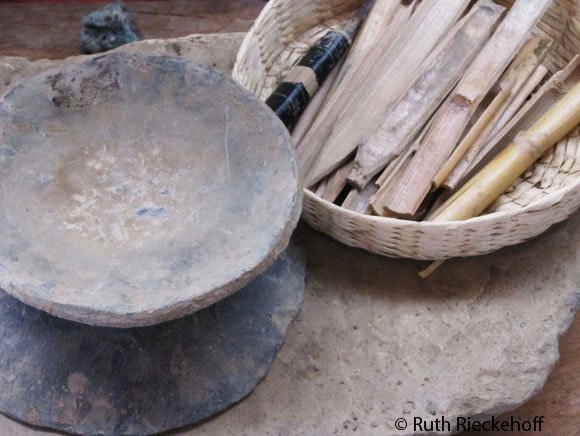


Plates used to shape the pottery, the wooden sticks are used to create shapes on the pottery surface once it is almost dry.
Large pieces such as big water jars are created from the bottom by adding clay as the piece grows. After the pieces are modeled, they are left to dry. When the pieces are almost dry, the surface is moistened and rubbed with a quartz stone. This is also the time to add designs such as flowers.
After all this process, the pieces are ready to be baked in underground pits. The pieces end up having a shiny black color. There is just one caveat. The shiny pieces are only for decorative purposes (because they are baked at lower temperatures or left less time in the oven). They cannot be used for example to hold water. If you want a utilitarian piece, you have to forget about the shine.
Nowadays, figures such as cats, owls, hearts, and many others are created from black clay.
Here is how the finished pieces look:
As I said before, it is incredible what skilled potters can make from such a simple material. It is incredible all the different pieces and designs they have developed over time.
How to Visit
I visited San Bartolo Coyotepec as part of a full-day tour including Monte Alban and other artisan tons in the area. I choose this option because of its affordability. Plus, it included a certified guide that took the entire experience to the next level.
If you are planning to visit on your own, you can take a bus or colectivo from Oaxaca City.
What do you think of the black clay process? Have you been to San Bartolo Coyotepec. Let me know in the comments section below.
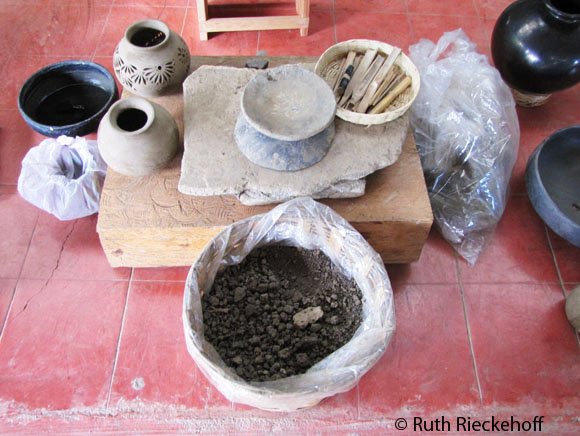





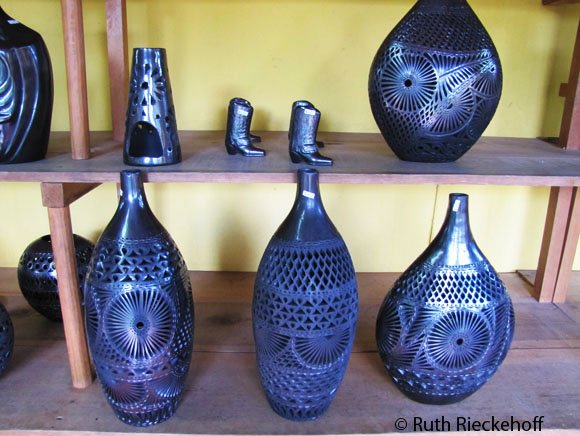

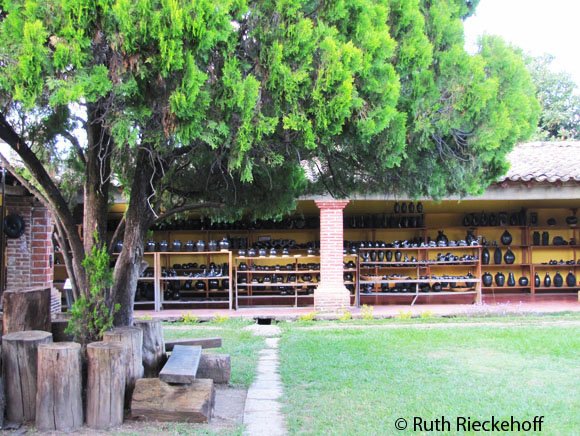


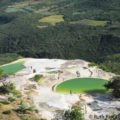
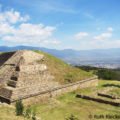
Roberta Loufek says
How beautiful! And what magnificent craftmanship. Thank you for showing and describing how these beautiful pots and figurines are made – San Bartolo Coyotepec is definitely a place I now wish to visit.
Ruth says
There are many craft towns in the Central Valleys of Oaxaca. I really enjoyed learning about the different crafts mad ein the area. I want to go back and visit more small towns.